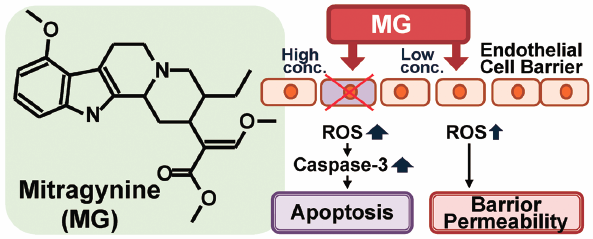-
Toshiyuki Matsunaga
責任著者
Laboratory of Biochemistry, Gifu Pharmaceutical University
-
Yoshifumi Morikawa
Forensic Science Laboratory, Gifu Prefectural Police Headquarters
-
Kyoko Kamase
Laboratory of Biochemistry, Gifu Pharmaceutical University
-
Misato Horinouchi
Laboratory of Biochemistry, Gifu Pharmaceutical University
-
Yasuhide Sasajima
Forensic Science Laboratory, Gifu Prefectural Police Headquarters
-
Koichi Suenami
Forensic Science Laboratory, Gifu Prefectural Police Headquarters
-
Kiyohito Sato
Forensic Science Laboratory, Gifu Prefectural Police Headquarters
-
Yuji Takekoshi
Forensic Science Laboratory, Gifu Prefectural Police Headquarters
-
Satoshi Endo
Laboratory of Biochemistry, Gifu Pharmaceutical University
-
Ossama El-Kabbani
Nagoya University Graduate School of Medicine
-
Akira Ikari
Laboratory of Biochemistry, Gifu Pharmaceutical University
2017 年 40 巻 10 号 p. 1779-1783
- Published: 2017/10/01 Received: 2017/02/07 Released on J-STAGE: 2017/10/01 Accepted: 2017/07/06 Advance online publication: - Revised: -
(EndNote、Reference Manager、ProCite、RefWorksとの互換性あり)
(BibDesk、LaTeXとの互換性あり)


